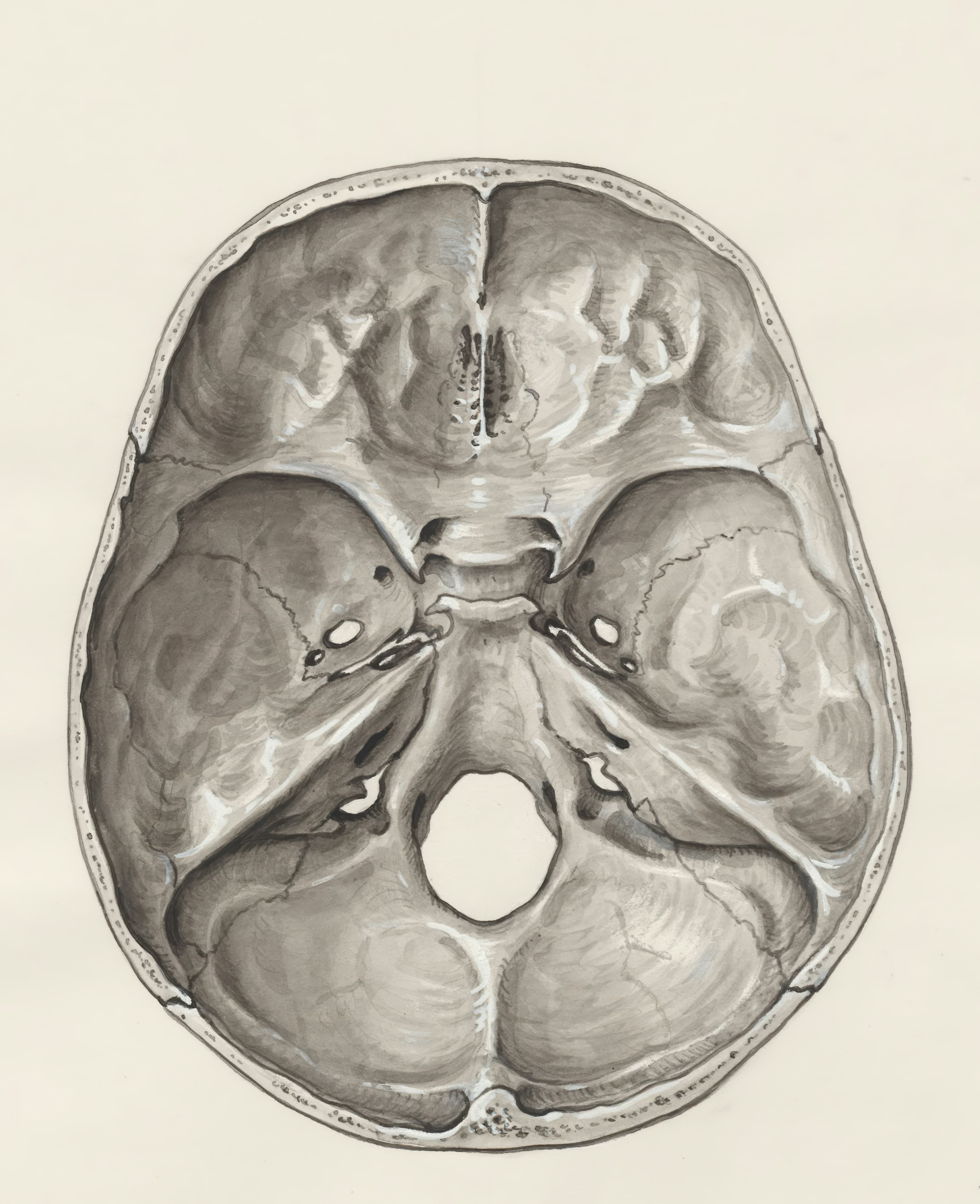Food allergies and intolerances are becoming increasingly common, affecting millions of people worldwide. While they may share some similarities in terms of symptoms, understanding the differences between allergies and intolerances is crucial for proper diagnosis and management. In this article, we will explore the characteristics, common culprits, and symptoms of food allergies and intolerances.
Introduction to Food Allergies and Intolerances
The Differences Between Allergies and Intolerances
Although the terms "allergy" and "intolerance" are often used interchangeably, they refer to different reactions in the body. Food allergies involve an immune response triggered by specific proteins in food, whereas intolerances do not involve the immune system but rather an inability to properly digest or metabolize certain components. Allergies can be life-threatening, while intolerances are generally less severe.
Most Common Food Allergies
Some foods are more likely to trigger allergic reactions than others. These are often referred to as the "Big Eight" allergenic foods and account for approximately 90% of food allergies. They include milk, eggs, peanuts, tree nuts, fish, shellfish, wheat, and soy. However, it's important to note that any food has the potential to cause an allergic reaction in susceptible individuals.
Unraveling the Symptoms of Food Allergies
Food allergies can manifest through various symptoms, affecting different systems in the body. Gastrointestinal signs such as nausea, vomiting, abdominal pain, and diarrhea can occur shortly after consuming the allergen. Respiratory and skin reactions, including hives, itching, swelling, wheezing, and difficulty breathing, are also common. In severe cases, anaphylaxis can occur, leading to a rapid onset of severe symptoms involving multiple systems.
Signs of Food Intolerances
Unlike food allergies, food intolerances are not mediated by the immune system. Lactose intolerance, gluten sensitivity, and other intolerances can result from deficiencies in the enzymes necessary for proper digestion or from sensitivity to certain components. Symptoms of food intolerances can vary widely, but common signs include abdominal pain, bloating, gas, diarrhea, and sometimes skin and respiratory symptoms.
Managing and Navigating Food Allergies and Intolerances
If you suspect you have a food allergy or intolerance, seeking medical advice and a proper diagnosis is crucial. Elimination diets and food challenges may be conducted to identify the specific trigger. Once identified, strict avoidance of the allergen or reduced exposure to intolerant foods is the primary management approach. In the case of severe allergies, carrying epinephrine auto-injectors and developing an action plan with healthcare providers is essential.
In conclusion, recognizing the signs and understanding the culprits behind food allergies and intolerances is crucial for individuals who may be affected. Seeking professional medical advice and effectively managing these conditions can significantly improve quality of life for those with food allergies and intolerances.
Food allergy and food intolerance are not the same
Food allergy and food intolerance are often confused, but they are not the same. A food allergy is an immune system response to a specific food protein, where the body's immune system mistakenly identifies the food as harmful and triggers an allergic reaction. This reaction can be severe and even life-threatening, requiring immediate medical attention. On the other hand, food intolerance does not involve the immune system and is generally not life-threatening. It occurs when the body has difficulty digesting certain foods, leading to symptoms such as bloating, gas, and stomach pain. While food intolerance can be uncomfortable, it is not as serious as a food allergy. It is important for individuals to know the difference between the two, as the management and treatment of each condition differ. If you suspect you have a food allergy or intolerance, it is important to consult with a healthcare professional for proper diagnosis and treatment.





